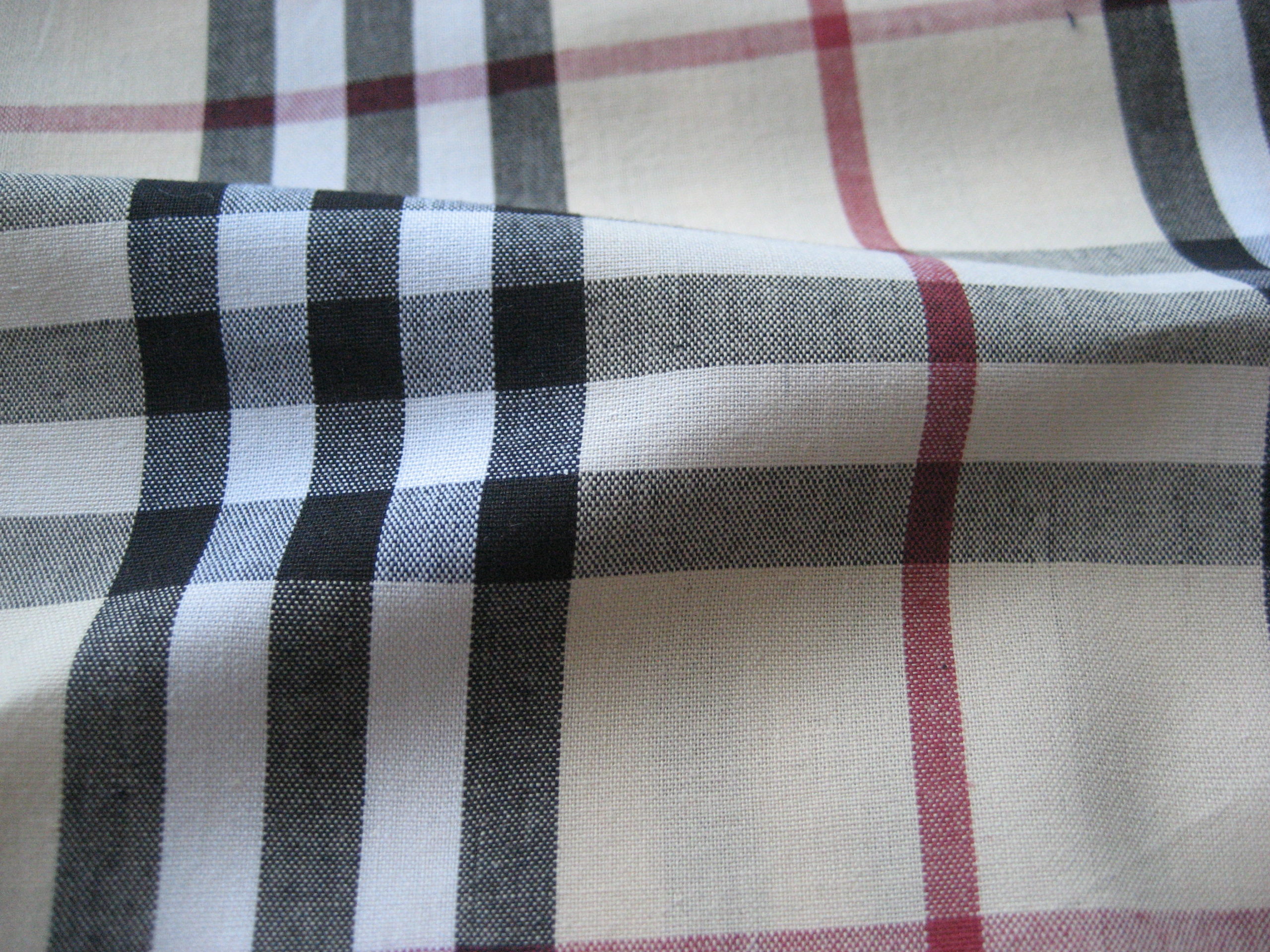When it comes to textile production, two common methods of dyeing fabric are yarn dyeing and piece dyeing. Both techniques involve adding color to the fabric, but they differ in terms of when and how the dye is applied.
Yarn dyeing involves coloring the individual yarns before they are woven into a fabric. This method allows for more complex patterns and designs, as the yarns can be dyed in multiple colors or in a specific sequence to create stripes or checks. Yarn-dyed fabrics also tend to be more colorfast, as the dye penetrates the fibers thoroughly and is less likely to fade or bleed over time. Examples of yarn-dyed fabrics include plaids, stripes, and some denim.
Piece dyeing, on the other hand, involves dyeing the entire fabric after it has been woven. This is a simpler and more cost-effective method, as it allows for large quantities of fabric to be dyed quickly and uniformly. However, piece-dyed fabrics are limited in terms of the patterns and designs that can be achieved, as the dye is applied evenly to the entire fabric. Piece-dyed fabrics also tend to be less colorfast, as the dye may not penetrate the fibers as deeply and can be more prone to fading or bleeding. Examples of piece-dyed fabrics include solid colors, some prints, and some denim.
In summary, the main difference between yarn-dyed and piece-dyed fabrics is when the dye is applied. Yarn-dyed fabrics are dyed before weaving and allow for more intricate patterns and colorfastness, while piece-dyed fabrics are dyed after weaving and are simpler and more cost-effective, but may have limited design options and colorfastness.

